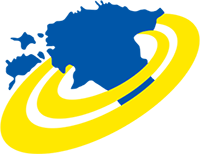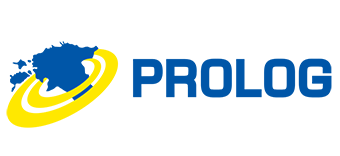| Official name |
Republic of Estonia |
| Area |
45 227 km2 |
| Coastline |
3 794 km |
| Population |
1,36 million (68% Estonians, 26% Russians, 2% Ukrainians, 1% Byelorussians and 1% Finns), of whom 68% live in cities |
| Capital |
Tallinn (400000 inhabitants) |
| Language |
Estonian – official language. Russian – widely used. English, German and Finnish – fluently spoken by many and widely used in business |
| National Day |
Independence Day, February 24, when Estonia declared its independence in 1918 |
| National currency |
the Estonian kroon (EEK) |
| Currency system |
modified currency board, currency peg: 1EUR=15.65 EEK |
| Time |
+2 hours between Estonia’s local time and GMT; -6 hours between Estonia’s local time and Beijing Time |
| Telephone |
The country code for Estonia is +372 |
| Temperature range (average daytime, 1992-2002, EMHI): |
-2,0°C in winter (may sink to -20°C usually in February) and +19.4°C in summer (may rise to +30°C usually in July). |
Member of the European Union since May 1st 2004.
Position
Estonia is situated in North-Eastern Europe, on the eastern coast of the Baltic Sea. To the north it is bordered by the Gulf of Finland, to the west by the Baltic Sea, to the east by Russia and to the south by Latvia.
The shortest route from Russia by sea to China and also to Western Europe and North America is through the Baltic States.


